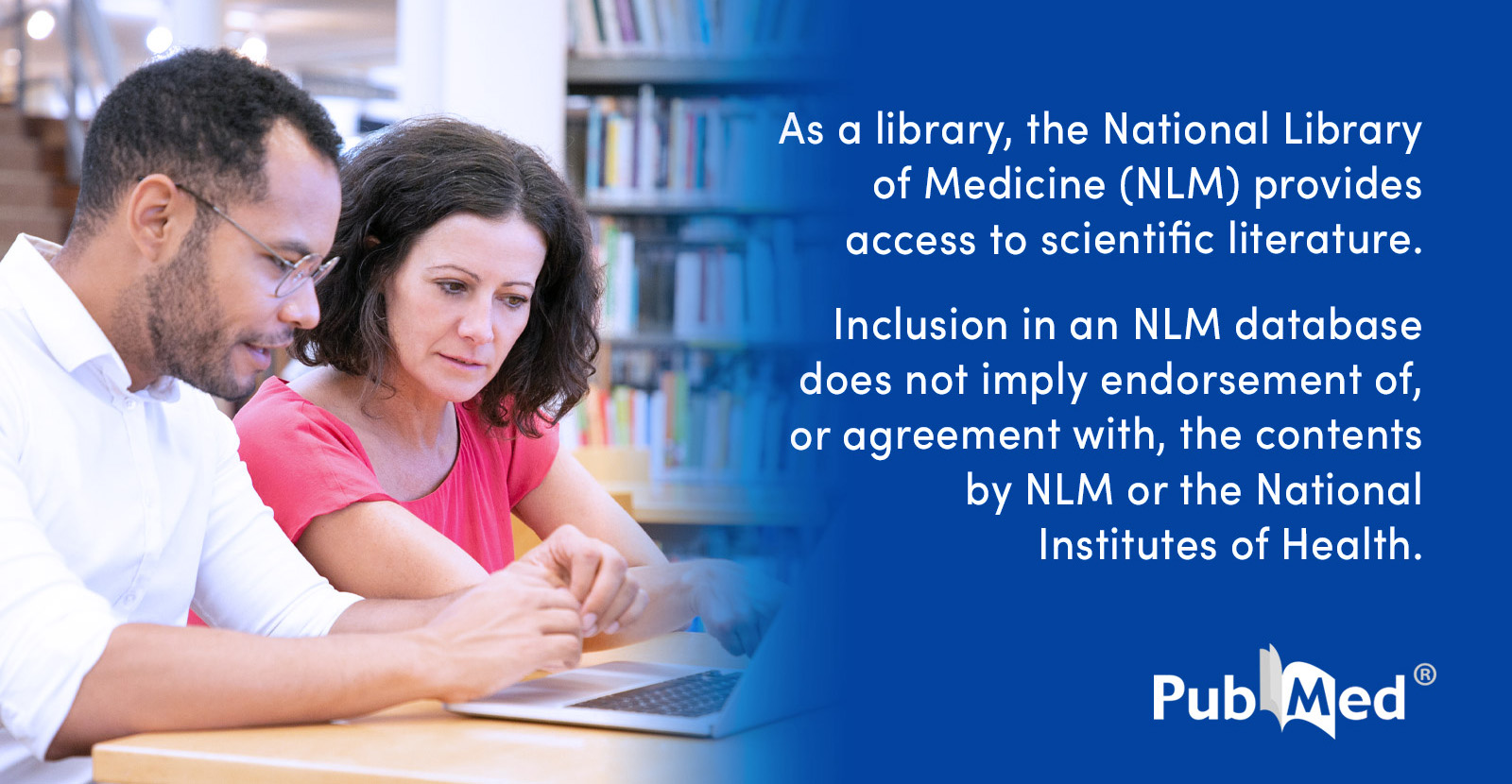Perhaps some will remember the meteoric rise of denser than lead shot, from Hevi-Shot, Federal, Winchester, and Remington. Seemingly, everyone couldn't wait to jump on the bandwagon, then most of it was quickly discontinued due to lack of sales: Winchester HD, Wingmaster HD, Federal Heavyweight 15g /cc, along with the demise of Nice Shot, Kent Tungsten Matrix, and other tungsten blends that approached the density of lead.
Now, Federal, Remington Ammunition, and Hevi-Shot are all the same company, Kinetic Group, soon to be owned by CSG of Prague. Winchester has stayed away from the tungsten business thus far. Fiocchi has TSS “Golden Turkey” loads, but little else. CSG already owns 70% of Fiocchi.
I'm better at foretelling the past than predicting the future, but TSS looks to me to be 90% turkey-oriented, with half of the current sales in .410 and 20 gauge. Regardless of how good (or not) anyone thinks TSS is, the price is a turn-off for many and that does not look to change. On any busy dove or skeet field, there are 100x the Gun Club hulls to pick up vs. STS hulls. Folks don't seem to care about 6% vs. 2% antimony lead shot-- they care far, far less about TSS. Steel wins the popularity contest in the duck blind, with no indication of change.







